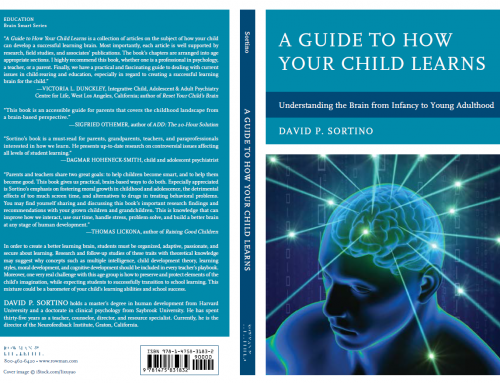Abandoned children often compare their abandonment or attachment issues to a paper cut in their heart, an injury that simply never heals.
For parents of such children the pain of trying to heal the paper cut can be a life-long journey. Although there will be brief moments of recovery and/or a belief that the child will someday move beyond the painful memory of abandonment, the paper cut is always hanging over the child and family like some dark cloud. The problem is that there will mostly be lows and very few highs, which causes the parent and/or caregivers to constantly search for a cure to heal the paper cut.
For most parents, the search for the magic cure is ongoing, often beginning with family therapy, which comes in the form of a trained therapist who has a specialty in dealing with attachment disorders. The parents feel a sense of relief that maybe they will learn how to deal with the child’s inability to trust, the child’s unpredictable moods and the child’s intense cycles of rage.
The psychotherapy, which is mostly verbal, relies on the child’s verbal ability to trust the therapist in order to communicate his emotions arising from mistrust. An experienced therapist will attempt to tap into the child’s brain or limbic (emotional) system via the hippocampus, seat of trusting relationships. The purpose of trying to stimulate the hippocampus is that the child will hopefully begin to experience a sense of trust that was lost during the critical period of infancy, the early months when the child bonds with his caregivers.
Further, unless the child can learn a semblance of trust, the paper cut can only get worse as the child’s social world moves into play groups and school situations in which rudimentary social skills are developed and required.
The opposite brain area of the child’s hippocampus is the brain’s amygdala, which represents the human’s survival mechanism, or a fight or flight response so prevalent with attachment disordered children. In other words, when placed in a constant state of survival, the child can never bond or establish secure emotional relationships, hence the term attachment disorder.
Moreover, the more the amygdala comes into play, the more the brain’s higher centers are short-circuited (empathy) and learning potential and intelligence are compromised. In addition, the chemical cortisol is secreted into the brain to further accentuate the child’s fight or flight mechanism. Therefore, like a metronome echoing the words: they don’t like me; they will never accept me; they will abandon me if I fail — the child’s never ending cycle for emotional survival is the paper cut or black cloud that is always lurking. (This is precisely why so many children suffering from attachment disorder have so much difficulty in school, particularly during adolescence when identity and social relationships dominate).
Moreover, when one’s interpretation of social relationships is associated with fight or flight, another problem can develop associated with the right or non-verbal side of their brain. This problem can be a serious detriment to such children’s learning potential and intelligence, especially when placed in traditional school environments where learning is predominantly a left-brain, logical, linear and mathematical endeavor. Not surprising, many children of this ilk often have weak focusing skills (the right side of the brain is associated with spatial intelligence), which is why they are often misdiagnosed as ADD or ADHD?
As a result, some parents will intelligently choose to turn to art therapy to heal the paper cut.
The art therapist will address the child’s mistrust and let the child draw his/her emotions out on paper as a strategy to talk about their drawings. For the child, the drawings serve as spokesperson to mistrust and their non-verbal personality.
For younger children the therapist can use sand tray as another strategy toward stimulating trust and communication. With sand tray, the therapist provides the child with miniature figures to use in a sandbox-like environment as a strategy to connect the child’s feelings with play. Finally, sand tray as art therapy is an excellent avenue to stimulate the child’s visual and kinesthetic intelligences (see Montessori and Steiner school curriculums).
Another group of parents turn to neurofeedback, a successful method that helps the child learn how to self regulate his brain by viewing videos that change based upon the child’s brain activity. The success of neurofeedack is that it rewards the child’s brain when it is focused and inhibits or reminds the child when they are distracted or unfocused.
After a series of 30 to 45 minute seasons the child’s brain begins to change (plasticity) from being unfocused, overly aroused and fearful, to one associated with less arousal and control. The ability to experience control, especially with attachment-disordered children, is a powerful experience for such children. Now it is the hippocampus rather than the amygdala that is stimulated, allowing the child to form positive attachments (bonding) and a connection to the higher centers of the brain associated with empathy and executive thinking.
The above therapies represent the journey most parents of children with attachment disorders often follow for a cure to the paper cut and a persistent sentence of mistrust.
The bottom line is for parents to look for long-term solutions, rather than temporary solutions in order to heal the child’s paper cut.
Dr. David Sortino, a psychologist and current Director of Educational Strategies, a private consulting company catering to teachers, parents, and students. To contact Dr. Sortino, e-mail davidsortino@comcast or on his blog:Dr. David Sortino.


